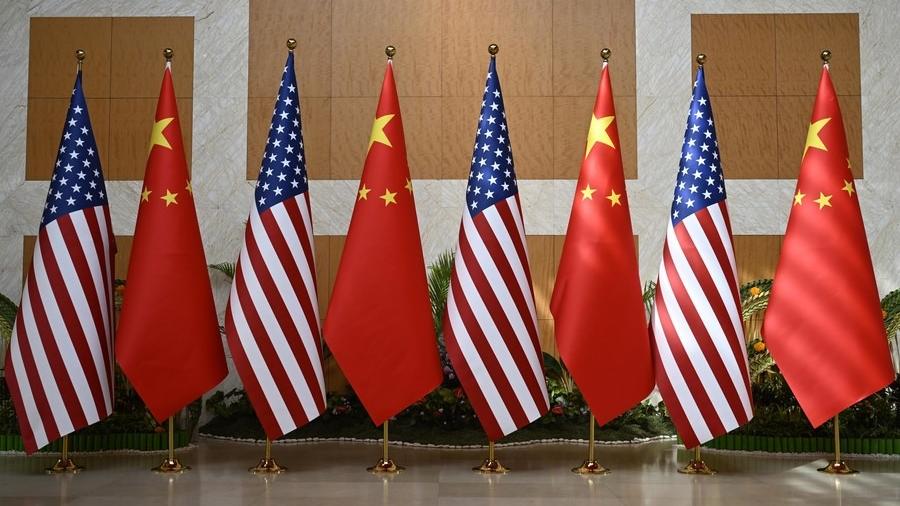
BEIJING - Recently, Washington once again cited the so-called "trade imbalance" with China as a central justification for its tariffs and other economic measures.
Yet this narrative often overlooks the core issue behind China-US trade tensions -- Washington's tendency to overstretch the concept of security, and politicize economic and trade issues.
The truth is that the widening US trade deficit stems from its own policy choices. In terms of goods trade, for example, the US government has long imposed stringent export controls on hi-tech firms and products, which hampers efforts to narrow the trade gap.
READ MORE: China, US announce measures to ease tariff tensions
By continuously politicizing economic and trade issues and overextending security concerns, Washington has introduced a range of restrictive policies. These measures have not only expanded in scope but also intensified in enforcement, further reinforcing the trade deficit they decry.
Moreover, the US persistent trade deficits are not due to external factors but rather to structural challenges at home -- a long-term decline of its manufacturing and the continued expansion of its service sector, which has fueled a greater dependence on imports to meet consumer demand.
However, the United States (US) enjoys a significant edge in service exports, sectors where China runs a consistent deficit. In fact, America is China's largest source of services trade deficit, and the gap continues to grow.
When considering goods trade, services trade and the local sales of enterprises operating in each other's countries, trade between China and the United States is roughly balanced in terms of overall benefits.
Meanwhile, China's economy is undergoing a transformation. Data shows that China's dependence on foreign trade has fallen significantly -- from over 60 percent in the early 2000s to just over 30 percent in 2024.
As China continues to boost domestic demand and strengthen its internal economic cycle, domestic consumption has become the primary driver of its economic growth and the country has shown no intention to pursue a trade surplus. The ratio of China's current account surplus to GDP has dropped from 9.9 percent in 2007 to 2.2 percent in 2024.
All of this points to a simple truth: the China-US economic and trade relationship is fundamentally about mutual benefit and win-win cooperation. The two countries share broad common interests and enjoy ample room for cooperation.
Since the establishment of diplomatic ties, bilateral economic and trade cooperation has deepened continuously. The two countries have become major trading partners and investment partners and have worked together to weather the global financial crisis.
READ MORE: Sino-US talks expected to help build consensus
China has made it clear that it remains committed to high-quality development and high-level opening up. It is working to create a world-class business environment that is market-oriented, law-based and aligned with international standard. US companies are welcome to continue investing in China, share development opportunities, and contribute to the stable, healthy and sustainable development of bilateral relations.
As Steve Hoffman, CEO of the Silicon Valley incubator Founders Space, said in an interview with Xinhua, "Prosperity is best built not behind walls, but through open doors."
Overextending politics and national security concerns into trade and forcing companies to choose sides undermine market principles, openness and the core interests of both China and the United States. If history is any guide, when China and the United States cooperate, both stand to gain; when they confront, both suffer. Strengthening economic and trade cooperation remains the only viable path to mutual benefit.


